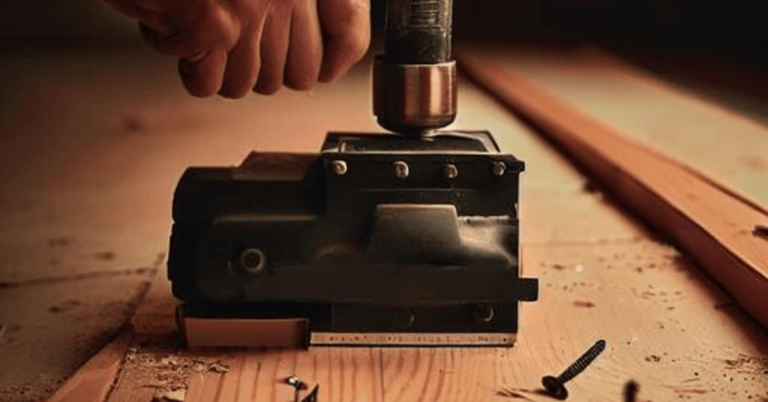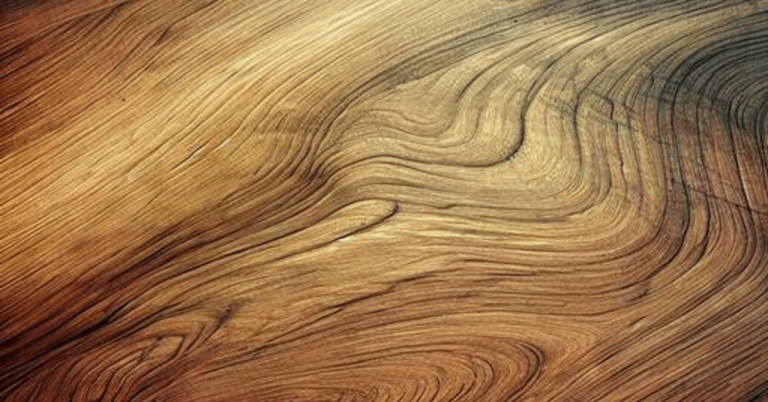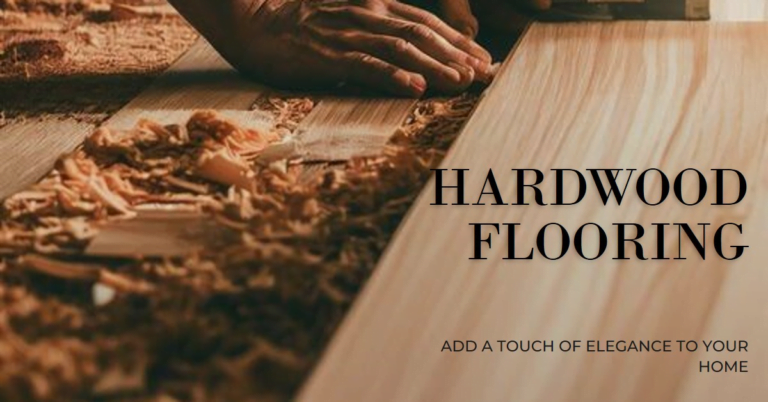Mastering Polyurethane Application for Durable, Beautiful Hardwood Floors
Discover the factors that determine the number of polyurethane coats needed for your hardwood floors. From wood type to foot traffic, we guide you to achieve a flawless finish.

When it comes to protecting hardwood floors, polyurethane is the go-to finish for many homeowners and contractors alike. But how many coats of polyurethane should you apply for the best results?
The answer to that question depends on several factors, including the type of wood in your floors, the level of foot traffic and wear and tear they experience, and the desired level of sheen.
At our flooring company, we’ve installed and refinished countless hardwood floors over the years, so we’ve learned a thing or two about polyurethane application.
In this article, we’ll walk you through the factors to consider when deciding how many coats of polyurethane to apply to your floors. By the end, you’ll have a better understanding of what it takes to ensure your hardwood floors look beautiful and stand up to everyday use for years to come.
Factors that Affect Polyurethane Application
You’re probably wondering what factors affect how many layers of protective coating you’ll need to apply to your beautiful hardwood investment.
Well, the answer is that several factors can affect how many coats of polyurethane you’ll need to apply. These factors include the humidity levels in your area, the type of wood you’re working with, and the polyurethane application technique you’re using.
One of the most significant factors in determining how many coats of polyurethane you’ll need to apply is the drying time of each coat. If the first coat of polyurethane hasn’t completely dried before adding another coat, you can end up with bubbles or an uneven finish.
The drying time can vary depending on the humidity levels in your area, so it’s important to follow the manufacturer’s recommendations and wait until each coat is completely dry before applying the next.
Another essential factor that can affect how many coats of polyurethane you’ll need to apply is the polyurethane application technique you’re using. Some techniques can result in a thicker coat of polyurethane, which means you may need fewer coats overall.
Conversely, other techniques may result in thinner coats, which means you may need to apply more coats to achieve the desired level of protection.
In conclusion, several factors can impact the number of coats of polyurethane you’ll need to apply to your hardwood floors. These factors include drying time and polyurethane application techniques.
By considering these factors and following the manufacturer’s recommendations, you can ensure that your floors are protected and have a beautiful, long-lasting finish.
Determining the Type of Wood in Your Floors
Identifying the specific type of wood present in your flooring is crucial. It helps determine the appropriate method for finishing and protecting it. There are several wood identification methods, including visual inspection, grain pattern, and color. However, it’s best to hire a professional wood floor inspection to ensure accurate identification.
Professionals have the expertise and equipment to accurately determine the type of wood, its age, and any damage or wear. Once the type of wood has been identified, it’s important to understand its characteristics and how it responds to polyurethane.
Some woods, such as oak and maple, are harder and more durable, while others, like pine and fir, are softer and more prone to wear and tear. Understanding the specific characteristics of your wood will help you determine the number of coats of polyurethane needed to protect it.
A professional wood floor inspector can advise you on the best type of polyurethane to use for your specific wood. Determining the type of wood in your floors is a crucial first step in ensuring they are properly protected and maintained.
By hiring a professional to accurately identify your wood and understand its characteristics, you can make informed decisions about the best method for finishing and protecting it. This will help ensure that your floors remain beautiful and durable for years to come.
Evaluating Foot Traffic and Wear and Tear
As you walk across your wood flooring each day, you may not realize the impact of foot traffic and wear and tear on its overall condition. High traffic areas such as hallways, entryways, and kitchens will wear down your floors faster than low traffic areas.
Surface scratches from shoes, pet claws, and furniture movement can accumulate over time and detract from the beauty of your hardwood floors. In order to determine the appropriate number of coats of polyurethane for your floors, it’s important to evaluate the level of foot traffic and wear and tear in your home.
- Pets: If you have pets, their claws can cause scratches on the surface of your hardwood floors. If your furry friend loves to run and play, you may notice more wear and tear in the areas where they spend the most time.
- Furniture movement: Moving furniture can cause scratches and dents on your floors. If you rearrange your furniture frequently or have heavy pieces that are difficult to move, you may want to consider adding an extra coat of polyurethane to protect your floors.
- High traffic areas: Areas of your home that see a lot of foot traffic, such as hallways, entryways, and kitchens, are more prone to wear and tear. If your floors are looking worn in these areas, you may want to consider adding an extra coat of polyurethane to protect them.
- Surface scratches: Surface scratches on your hardwood floors can accumulate over time, detracting from the beauty of your flooring. If you have a lot of surface scratches, you may want to add an extra coat of polyurethane to help fill in the scratches and protect your floors from further damage.
Considering these factors will help you determine the appropriate number of coats of polyurethane for your hardwood floors. By evaluating the level of foot traffic and wear and tear in your home, you can ensure that your floors are well-protected and will continue to look beautiful for years to come.
Understanding the Impact of Sheen on Coats of Polyurethane
Understanding the impact of sheen on your protective finish can make all the difference in achieving the perfect shine for your beloved wood surfaces. As you choose the right sheen, it’s important to balance durability and aesthetics. The higher the sheen, the more noticeable scratches and wear and tear will be. On the other hand, lower sheen finishes do a better job at hiding imperfections and keeping your floors looking newer for longer.
To help you understand the impact of sheen on your floors, we’ve created a table below. This table outlines the different sheen levels and how they affect the durability and aesthetics of your floors. As you can see, a high-gloss finish may give your floors a stunning shine, but it’s also the most vulnerable to scratches and wear. On the other hand, a matte finish may not give you the same level of shine, but it hides imperfections and is more forgiving on your floors.
Ultimately, the sheen you choose will depend on your own personal preferences and your lifestyle. If you have high traffic areas or pets, you may want to opt for a lower sheen finish to hide scratches and keep your floors looking newer for longer. If, however, you want a high-gloss finish for a dramatic effect, be prepared to take extra precautions to protect your floors from scratches and wear. By understanding the impact of sheen on your floors, you’ll be able to make an informed decision on the right protective finish for your home.
| Sheen Level | Durability | Aesthetics |
|---|---|---|
| High Gloss | Most vulnerable to scratches and wear | Stunning shine, dramatic effect |
| Semi-Gloss | Moderately vulnerable to scratches and wear | Slight shine, still reflective |
| Satin | Less vulnerable to scratches and wear | Soft shine, subtle reflection |
| Matte | Least vulnerable to scratches and wear | Hides imperfections, no shine |
Recommended Number of Coats for Longevity and Protection
To ensure long-lasting protection for your beloved wood surfaces, it’s recommended to apply a specific number of coats of polyurethane. Generally, the number of coats required depends on the type and quality of the polyurethane, as well as the application techniques and drying time.
In most cases, you should apply at least two to three coats of polyurethane to your hardwood floors for adequate protection. Applying multiple coats of polyurethane can help to improve the durability of your floors and make them more resistant to scratches, stains, and other forms of wear and tear.
However, it’s important to note that each coat requires ample drying time, typically of 24 hours or more. Rushing the process can result in uneven coverage, bubbles, or other imperfections that can compromise the integrity of your floors.
To achieve the best results, we recommend consulting with a flooring professional to determine the ideal number of coats for your specific flooring needs. By taking the time to properly prepare and apply each coat of polyurethane, you can extend the longevity of your hardwood floors and enjoy their natural beauty for years to come.
Conclusion
Overall, when it comes to determining how many coats of polyurethane to apply to your hardwood floors, there are several factors to consider.
It’s important to evaluate the type of wood in your floors, the level of foot traffic and wear and tear they’ll receive, and the impact of sheen on the number of coats needed for optimal protection.
Based on these factors, it’s generally recommended to apply at least two to three coats of polyurethane for longevity and protection.
However, it’s important to follow the manufacturer’s instructions and allow adequate drying time between coats.
By taking the time to properly prepare your floors and apply the appropriate number of coats of polyurethane, you can ensure that your hardwood floors remain beautiful and protected for years to come.



